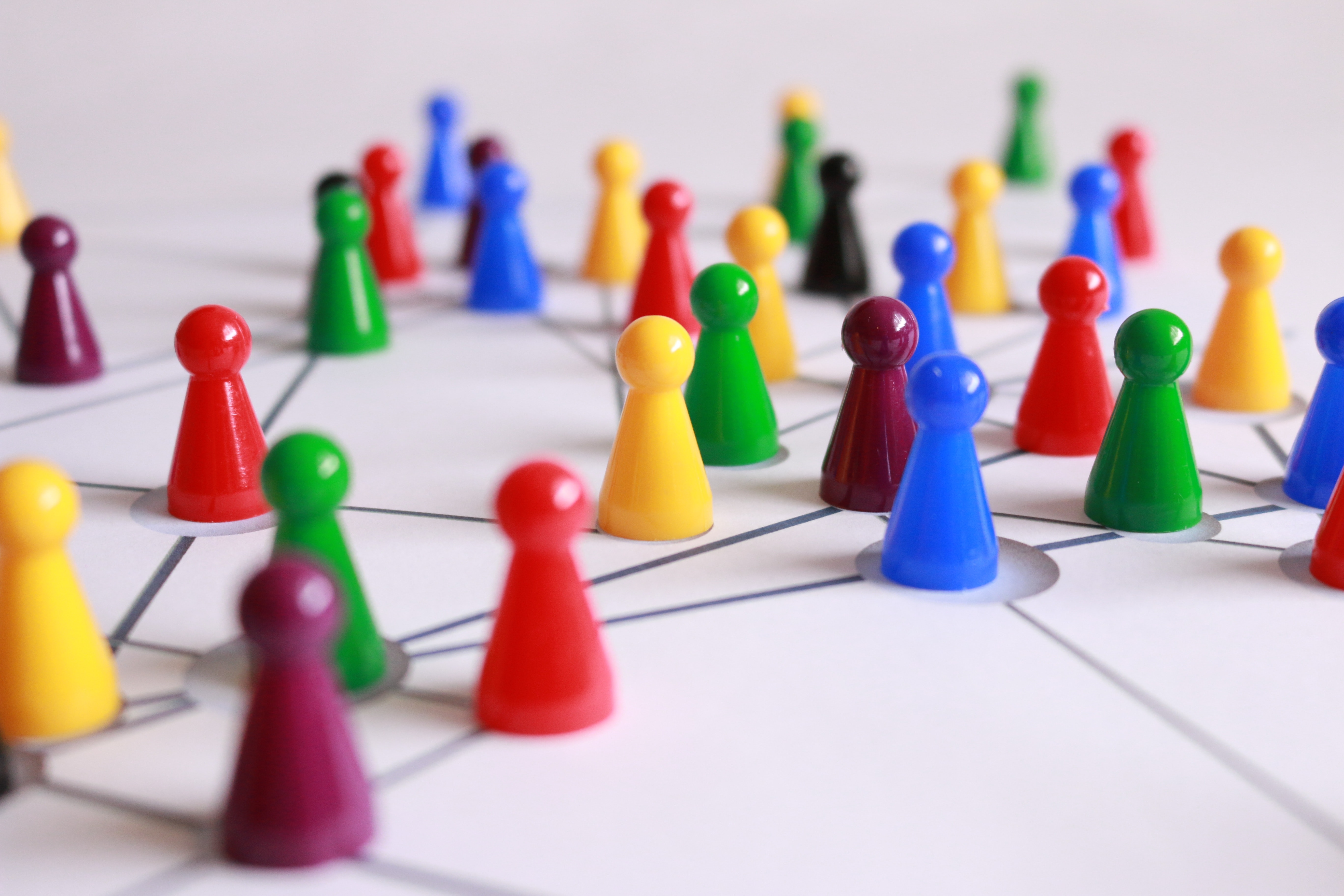
What makes a social network a social network?

Creating communities
- The key function behind the social dimension of this type of service is the creation of communities.
-
Thanks to it, users can connect to various communities based on relationships from the "real" world or on a common interest (cultural, political and others).
Profile
- On social networks, every user has a kind of virtual business card with data that presents himself on the social network and is traceable according to them.
-
In addition to the name, it can also be the place of residence, photo, biography, information about education and marital status, contact options, hobbies and more.
Interaction
- In addition to your profile, you can express yourself on social networks through statuses, i.e. posts in the form of text or multimedia content that are displayed to other users. They can then respond to these posts in different ways. They differ depending on the specific network, but the basic principles of their operation are similar.
-
The number of tags, shares or comments on individual posts has an effect on their visibility and the visibility of their authors.
Sharing
- Sharing is essentially one of the user interaction options on a social network. It can concern both own statuses and statuses of connected users, as well as external content - videos, images, articles or entire pages.
-
When sharing own and external content, the user should keep in mind first and foremost who will see the post.
(Non)identical identity
- A big problem with current social networks is also the creation of fake profiles for the purpose of slander or revenge. Unfortunately, it is very easy to create discussion groups focused on a specific person or directly a fake profile of the victim and spread false information on the Internet to ridicule or intimidate the victim.